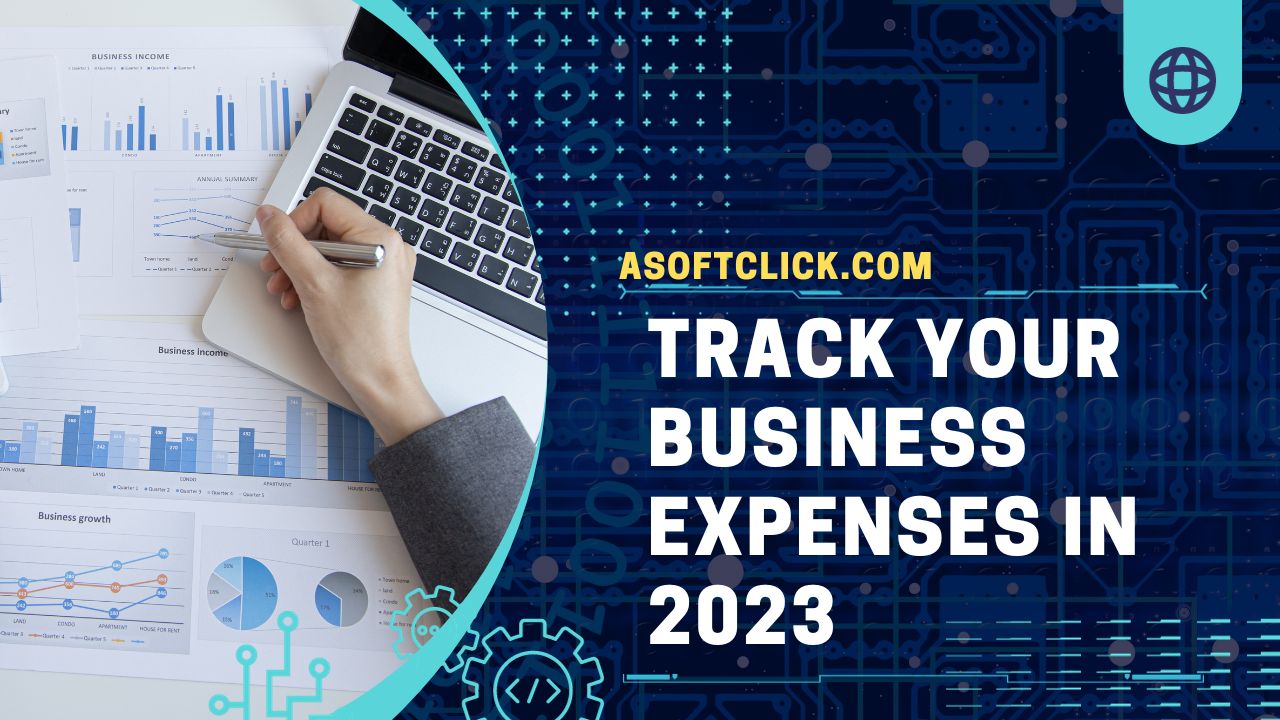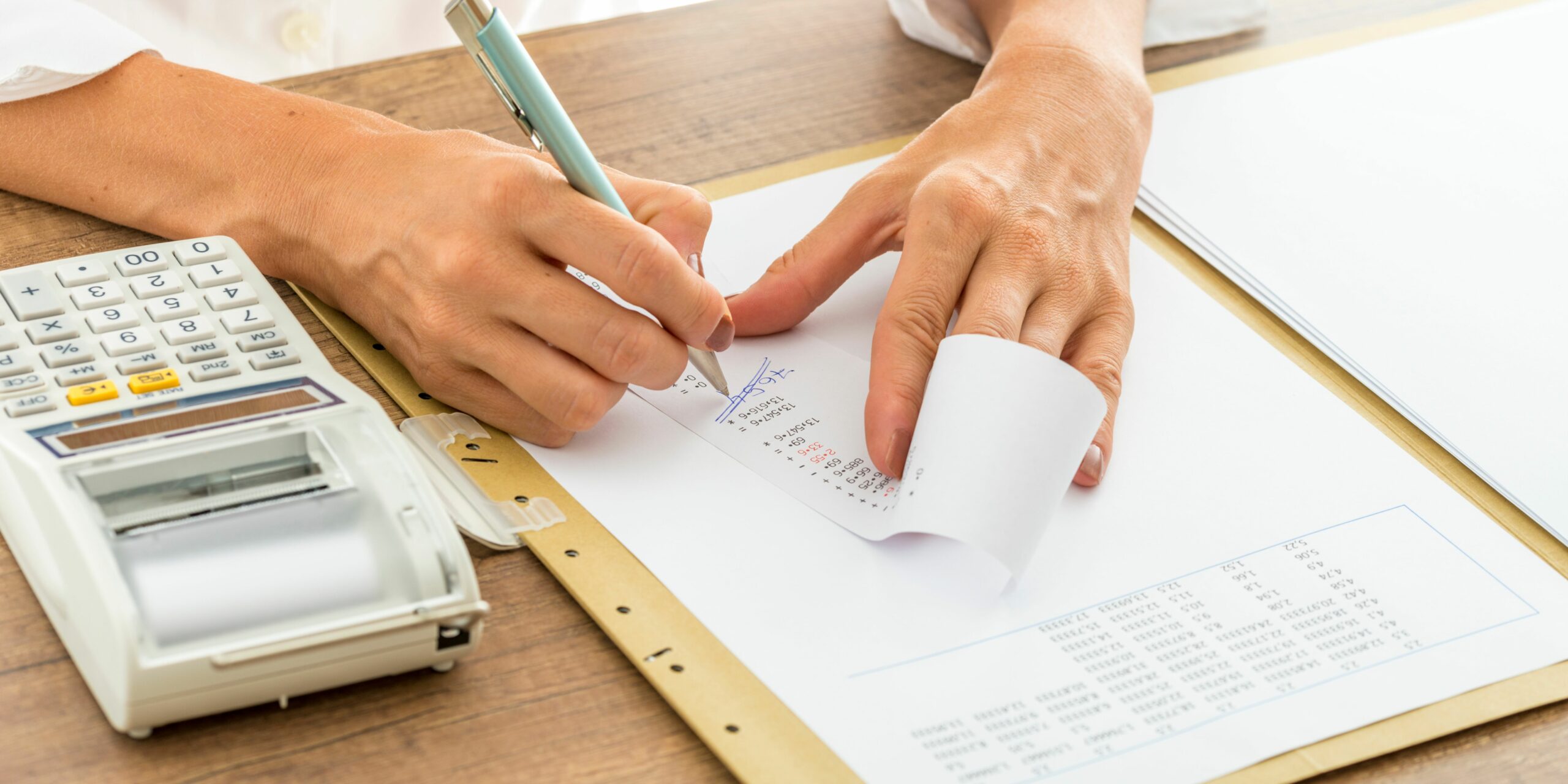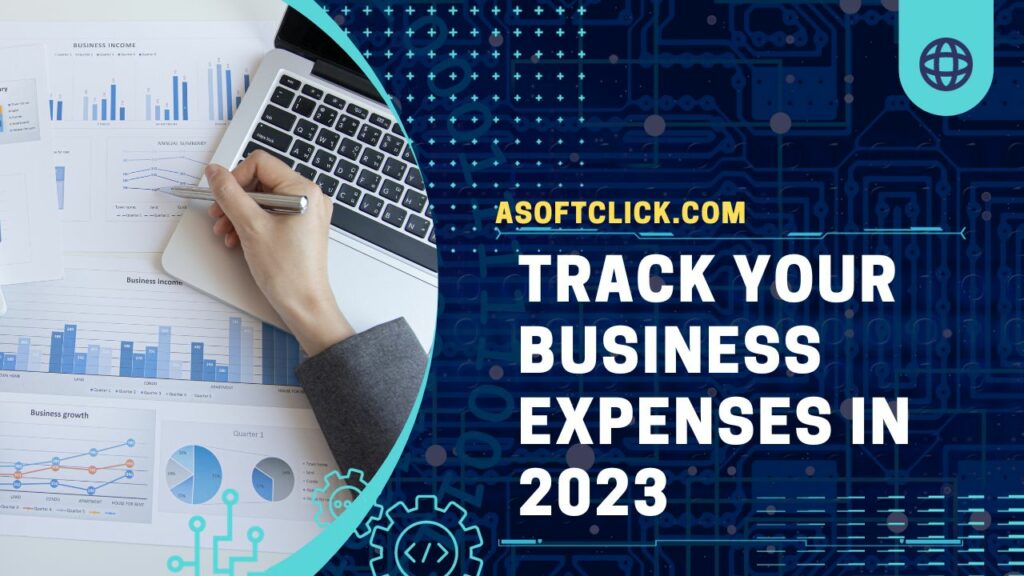 Running a successful business involves more than just providing products or services to customers. It requires a keen eye on financial management, and a fundamental aspect of this is tracking business expenses. But you may find yourself asking, “How do I track everything for my business?” In this article, we will share with you how to track your business expenses.
Running a successful business involves more than just providing products or services to customers. It requires a keen eye on financial management, and a fundamental aspect of this is tracking business expenses. But you may find yourself asking, “How do I track everything for my business?” In this article, we will share with you how to track your business expenses.
What Are Business Expenses?
Before we delve into the intricacies of tracking business expenses, let’s clarify what business expenses actually are. Business expenses are the costs incurred in the process of running your business. These expenses can vary widely depending on the nature of your business, but they typically include:
- Operating Expenses. These are the day-to-day costs of running your business, such as rent, utilities, office supplies, and employee salaries.
- Cost of Goods Sold (COGS). For businesses that sell products, COGS includes the direct costs associated with producing or purchasing the goods you sell.
- Marketing and Advertising. Expenses related to marketing campaigns, advertising, and promotional activities.
- Travel and Entertainment. Costs associated with business travel, meals with clients, and entertainment expenses.
- Loan Payments. If your business has loans or debts, the payments made towards them are considered expenses.
- Taxes. Business taxes, including income tax, sales tax, and payroll taxes, are essential expenses to track.
- Insurance. Premiums paid for business insurance policies fall under this category.
- Depreciation. The reduction in the value of assets over time can also be considered an expense.
The Benefits of Tracking Business Expenses
![]()
Now that you have a clear understanding of what constitutes business expenses, let’s explore why tracking them is so important.
- Financial Clarity. Effective expense tracking provides a clear picture of your business’s financial health. It helps you understand where your money is going and whether you are operating within your budget.
- Budget Control. Tracking expenses allows you to set and stick to a budget. It helps identify areas where you can cut costs and allocate resources more efficiently.
- Tax Compliance. Proper expense tracking ensures that you can claim all eligible tax deductions, reducing your tax liability and keeping your business in compliance with tax regulations.
- Better Decision-Making. Informed financial decisions are critical to the success of your business. Tracking expenses helps you make decisions based on data rather than guesswork.
- Audit Preparedness. In the event of an audit, having well-documented and organized expense records will make the process smoother and less stressful.
Now, let’s address the core question: “How do I track everything for my business?”
You might also like: The 12 Best Sales Apps for Your Small Business
How do I track everything for my business?
Tracking everything for your business involves several steps. We’ll break down the process into manageable stages to ensure you have a clear understanding of each step.
Step 1: Open a Business Account
One of the first steps in effective expense tracking is to separate your personal and business finances. Opening a dedicated business bank account is essential. Here’s why:
- Legal Separation. A business bank account legally separates your personal and business finances, which is crucial for liability protection and tax purposes.
- Organization. It simplifies expense tracking by ensuring that all business-related transactions are confined to one account.
- Credibility. A separate business account enhances your business’s credibility and professionalism.
Step 2: Choose Accounting Software
Modern businesses often rely on accounting software to streamline their financial processes. Here’s how to choose the right accounting software:
- Assess Your Needs. Consider your business size, industry, and specific accounting needs when selecting software.
- User-Friendly Interface. Choose software with an interface that you and your team find easy to use.
- Compatibility. Ensure the software integrates with your business bank account and other financial institutions.
- Scalability. Select software that can grow with your business.
Step 3: Connect Your Financial Institutions
Once you’ve chosen accounting software, connect it to your business bank account and any other financial institutions where you conduct business transactions. This step ensures that your software can automatically sync with your accounts, making expense tracking more efficient.
Step 4: File Your Receipts
Receipts are vital pieces of evidence for business expenses. Here’s how to handle them effectively:
- Digitize Receipts. Scan or take photos of physical receipts and store them electronically. Many accounting software options allow you to upload and link receipts to specific transactions.
- Categorize Expenses. Assign each receipt to the appropriate expense category (e.g., office supplies, travel, meals).
- Record Details. Include information like the date, vendor, amount, and purpose of the expense on each receipt.
Step 5: Review Your Business Expenses
Regularly reviewing your business expenses is essential for staying on top of your financial health. Here’s how to do it:
- Monthly Reconciliation. Reconcile your bank statements with your accounting software to ensure all transactions are accurately recorded.
- Identify Patterns. Analyze your expenses to identify trends or areas where costs are rising. This can help you make informed decisions about budget adjustments.
- Expense Reports. Generate expense reports from your accounting software to gain insights into your spending habits.
Now that we’ve covered the steps to track your business expenses systematically, let’s delve into broader aspects of keeping your business finances in order.
You might also like: What are 5 Key Things to Running a Successful Business?
How Do I Keep the Books for My Small Business?

Effectively tracking your business expenses is part of keeping your books in order. Let’s explore the broader aspects of maintaining financial records for a small business:
1. Choose an Accounting System
Selecting the right accounting system is crucial for accurate record-keeping. Two common methods are:
- Cash Basis Accounting. This method records income and expenses when cash changes hands, making it simple but less suitable for businesses with larger transactions.
- Accrual Basis Accounting. It records income and expenses when they are incurred, providing a more accurate long-term view of your financial situation.
Choose the method that aligns with your business’s needs and consult with an accountant if you’re unsure.
2. Choose a Recording Method
There are various ways to record your financial transactions:
- Manual Records. Some businesses prefer manual record-keeping, where they physically write down transactions in journals or ledgers. While this method can be cost-effective, it may be time-consuming and prone to errors.
- Spreadsheets. Many small businesses use spreadsheet software like Microsoft Excel or Google Sheets to create and maintain financial records. It offers more flexibility and accuracy than manual methods.
- Accounting Software. As mentioned earlier, accounting software automates many aspects of financial record-keeping, making it the most efficient and accurate option.
3. Set Up Accounts
Organize your financial records by creating accounts for different categories of income and expenses. Common accounts include:
- Revenue. Record all sources of income, including sales, services, and investments.
- Expenses. Create sub-accounts for various expense categories such as utilities, rent, and office supplies.
- Assets and Liabilities. Track your business assets (e.g., equipment, inventory) and liabilities (e.g., loans, credit card debt).
4. Open a Business Bank Account
As previously mentioned, opening a dedicated business bank account is essential. It not only helps with expense tracking but also simplifies tax reporting and legal compliance.
5. Make an Invoice Template
If your business provides products or services to clients, create a professional invoice template. Invoices should include:
- Your business name and contact information
- The client’s name and contact information
- A unique invoice number and date
- A description of the products or services provided
- The total amount due and payment terms
Sending clear and organized invoices ensures you get paid promptly and simplifies income tracking.
What types of business expenses are tax-deductible?
Now that you’ve learned how to track your business expenses effectively, it’s important to understand which expenses are tax-deductible. Tax deductions can significantly reduce your taxable income, saving you money. Here are some common tax-deductible business expenses:
- Business-related travel expenses. This includes airfare, accommodation, meals, and transportation costs for business trips.
- Home office expenses. If you use part of your home exclusively for business purposes, you can deduct a portion of your rent or mortgage, utilities, and maintenance costs.
- Office supplies and equipment. Expenses for items like computers, printers, office furniture, and stationery are typically deductible.
- Advertising and marketing. Costs associated with advertising campaigns, website maintenance, and marketing materials can be deducted.
- Professional fees. Fees paid to lawyers, accountants, and consultants for business-related services are deductible.
- Employee wages and benefits. Salaries, wages, bonuses, and employee benefits such as health insurance are deductible expenses.
- Interest on business loans. You can deduct the interest paid on loans or credit cards used for business purposes.
Remember that tax laws and deductions can vary by location and change over time, so it’s advisable to consult with a tax professional or accountant to ensure you’re taking advantage of all available deductions while staying compliant with tax regulations.
Do you need physical copies of receipts for taxes?

In most cases, the IRS and tax authorities accept digital or electronic copies of receipts for tax purposes. However, there are specific requirements for digital receipts to be considered valid:
- Legibility. Digital copies must be clear and legible, just like physical receipts.
- Data Integrity. Ensure that the digital receipt has not been altered or tampered with.
- Storage: Store digital receipts in a secure and easily accessible manner.
- Retention Period. Keep digital copies of receipts for the same duration as physical copies, which is typically at least three years.
Using dedicated expense-tracking software that allows you to store and categorize digital receipts can simplify this process and ensure compliance with tax regulations.
How can I track my business expenses for free?
If you’re looking for cost-effective ways to track your business expenses, there are several free options available:
- Spreadsheets. As mentioned earlier, spreadsheet software like Microsoft Excel or Google Sheets can be used for expense tracking. Templates are often available for free online.
- Mobile Apps. Many free mobile apps are designed for expense tracking. These apps are user-friendly and can help you record expenses on the go.
- Open Source Accounting Software. Some open-source accounting software options offer robust expense-tracking capabilities for free. Examples include GnuCash and Wave Accounting.
- Built-In Bank Tools. Some business bank accounts provide free expense-tracking tools as part of their online banking services.
While these free options can be valuable, consider your business’s size and complexity when choosing a method. For more advanced features and scalability, you may eventually want to invest in a paid accounting software solution.
You might also like: 4 Most Important Things Every Business Need
Conclusion: How do I track everything for my business?
In conclusion, tracking everything for your business is a fundamental aspect of financial management that should not be overlooked. It provides you with financial clarity, helps you control your budget, ensures tax compliance, and supports better decision-making.
To effectively track your business expenses, follow these key steps:
- Open a dedicated business bank account.
- Choose the right accounting software and connect it to your financial institutions.
- Digitize and categorize your receipts.
- Regularly review your business expenses to identify trends and make informed decisions.
Additionally, maintaining your business’s financial records involves selecting an appropriate accounting system, recording transactions accurately, setting up accounts, and creating professional invoices.
Understanding tax-deductible expenses and the acceptability of digital receipts is also essential for optimizing your business’s financial health.
By following these guidelines and staying organized, you can master the art of tracking everything for your business, ensuring its long-term success and financial stability.





